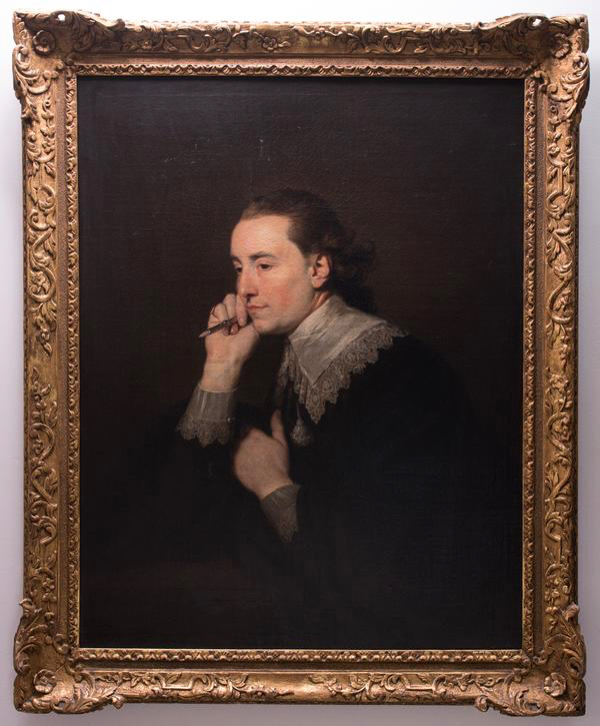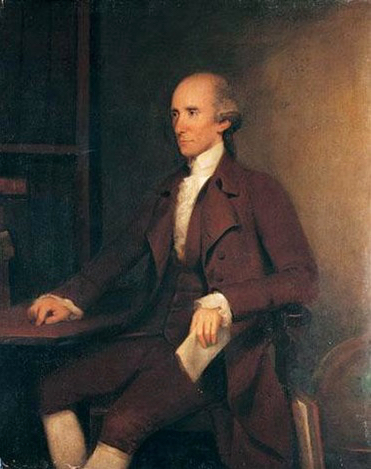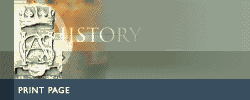|

John Thomas Seton, Painter
JOHN THOMAS SETON (or
SEATON)
(Scottish, 1738-1806)
John Thomas Seton was born with the advantage of court
connections and was raised amongst the finest artists in
eighteeth-century London, who congregated around Old Slaughters
Coffee House on St. Martin's Lane and The Sublime Society of
Beef Steaks at the Theatre Royal. Young Seton was the son of
Christopher Seaton, Royal Gem & Seal Engraver to George Prince
of Wales (later George III) and a founder of The Society of
Artists of Great Britain (later amalgamated into The Royal
Academy of Arts under founding president Sir Joshua Reynolds),
descended from the line of the Seton's of Parbroath.
Christopher Seaton
(Brit.) was a Scotsman and pupil of the Danish Gem-engraver
Christian Reisen, who he greatly eclipsed, was in 1750, says
King, "at the
head of his profession in London. " He endeavoured to give
an extreme finish to his gems : hence they are weak, cold,
and without spirit. His chief works are portraits of Pope,
Inigo Jones, and Sir John Newton, for the last of which he
was paid 25 guineas" (p. 273). Raspe describes further by
him a Head of Psyche, in white cornelian, and a Portrait of
Charles I., in the character of the 'Ecce Homo'.
Seaton engraved the Great seal of George III. and also, in
the opinion ot Mr. Frank Bowcher, one of those for use in
Ireland under the same reign.
BIBLIOGRAPHY. Mariette, op. cit. King, op. cit. Raspe, op.
cit.
John Thomas Seaton
then, was a pupil of Francis Hayman and studied at the St.
Martin's Lane Academy. He went on the Grand Tour to Italy,
where he was in Rome in 1758/9 where he lived on the Strada
della Croce and was involved in the expatriate artist
community. He assisted in winding up the affairs of the
young painter Jonathan Skelton who died while there.
He was a more rounded artist on his return to Great Britain,
and was exhibiting in 1761 at the Society of Artists and
receiving commission for portraits and conversation pieces
from a fairly exalted clientele. Within a few years he had
settled in Edinburgh, and his portraits of Scottish
high-society are amongst the more memorable of his age.
Seton trained at
the St. Martin's Lane Academy under Francis Hayman in the
1740s and 1750s. Between 1758 and 1759, he joined the
fraternity of British painters studying in Rome, where he
operated as an art buyer for Lord Bute on behalf of George,
Prince of Wales. He set up studios in Charing Cross, Covent
Garden, Bath and Southampton, before moving to Edinburgh in
1772. He practised in Edinburgh as a society portraitist in
the mid-1770s, during which period he sent portraits to
London for exhibition at The Society of Artists (1772) and
The Royal Academy (1774), and during this period in
Edinburgh his self-portrait was painted.
He later spent a
decade in India (1776-1785) where he had a good portrait
practice, but returned to Scotland where he was last
recorded in Edinburgh in 1806.
In 1776, Seton travelled to Calcutta, where he quickly
established a flourishing practice. He received commissions
from the upper echelons the British East India Company in
Bengal, including Liuetenant-General Sir Eyre Coote, Chief
Justice Sir Robert Chambers, surgeon Ninian Lowis, Maratha
Empire statesman Nana Fadnavis and Warren Hastings.
According to Ozias Humphry RA, Seton "returned to England
after an easy time [in India]...with twelve thousand pounds
in his pocket". In 1785, Seton returned to Edinburgh as a
wealthy man and painted society portraits until his death in
1806.
Self-portrait in Van Dyck costume, holding a porte-crayon, circa
1775
Oil
on canvas
36 inches by 28 inches (42 inches by 34 inches framed)
 Though
painted in the 1770s, the artist has costumed himself in the
"Vandyck dress" of a century earlier - both a nod to
England's greatest portrait painter and a self-proclamation
of his own talent and vanity. He gazes beyond the canvas
thoughtfully, while posing with his porte-crayon - an
instrument essential to the art of painting. Though
painted in the 1770s, the artist has costumed himself in the
"Vandyck dress" of a century earlier - both a nod to
England's greatest portrait painter and a self-proclamation
of his own talent and vanity. He gazes beyond the canvas
thoughtfully, while posing with his porte-crayon - an
instrument essential to the art of painting.
Angelica Kauffmann
portrayed her great friend Joshua Reynolds in similar
Vandyck garb in her 1767 portrait of Reynolds. "The mid-18th
century witnessed the vogue of so-called 'Vandyck dress';
plain satin suits for men, with lace collars and cuffs. When
Horace Walpole went to a masquerade in 1742, he saw
'quantities of Vandycks, and all kinds of old pictures
walked out of their frames"...the great 18th century
portraitists, from Pompeo Batoni and Allan Ramsay to Thomas
Gainsborough and Joshua Reynolds, copied Van Dycks costumes,
poses and compositions." (Keith Thomas, "Dressed to
Impress", 2009)
His work
frequently appears at auction at Sotheby's and Christie's.
His famous
portraits include those of Warren Hastings (left), and
William Dalrymple.
In April 2008, the British Culture Minister, Margaret Hodge,
placed a temporary export bar on ‘a rare likeness of
Alexander Dalrymple', by John Thomas Seton.
Dalrymple was the
first Hydrographer to the Admiralty, who ‘through his
pioneering work on nautical charts, is a pivotal figure in
the development of the global maritime industry as well as
of the British Empire’. An attempt was made to raise funds
to purchase the portrait at the recommended price of
£137,500 and it was subsequently acquired by the National
Museum of Scotland where the portrait is currently on
display.
Sold at Bonhams (London) British Paintings October 26, 1989,
lot 95.
Provenance: Bonhams (London) British Paintings, October 26,
1989, lot 95.
Dave Dallas Fine Art Gallery (London); Private estate (Los
Angeles, CA)
| 
